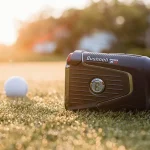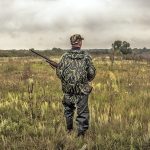AlterG, creator of the Anti-Gravity Treadmill technology, announced today that it raised $6 million in a new equity financing from new investors including Sorehsa AG, Leerink Revelation Partners, and Partner Ventures, plus existing investors, including Versant Ventures.
The investment will be used to accelerate growth initiatives, including new product development and expansion into new clinical areas, as well as broadened adoption in the rehabilitation and athletic training markets.
By reducing barriers to exercise for patients recovering from musculoskeletal injury, managing a chronic or neurological disease, or for athletes simply looking to train harder with less risk of injury, AlterG re-defines the possibilities for millions of people seeking to improve their mobility and their quality of life.
“Within the last 12 months alone, the team at AlterG has achieved the launch of three new Anti-Gravity Treadmill products providing more value to athletes, patients, and their clinicians,” said Charles Remsberg, CEO of AlterG. “We continue to demonstrate our ability to innovate and expand the capabilities of our unique ‘Differential Air Pressure’ (DAP) technology. This equity financing will fund future growth through the development of new products furthering our ability to deliver real value to customers and the patients and athletes they serve.”
David Grenewetzki, executive chairman of the board for AlterG also announced the appointment of rehabilitation-industry-veteran and CEO for Sorehsa AG, Antoni Mora to the board of directors. “Mr. Mora’s addition to the team brings our organization invaluable experience from his leadership at a variety of relevant technology companies around the world. We are looking forward to his unique insight as we take-on the company’s next stage of development.”
AlterG’s Anti-Gravity Treadmill unweighting technology enables unique and effective unweighting therapy for rehabilitation and athletic training. A pressurized “anti-gravity” chamber counteracts gravitational forces, precisely adjusting body weight from 100 percent to as little as 20 percent with unparalleled control in 1 percent increments and with unrestricted movement not available in any other form of body weight supported therapy. This uniform lifting force reduces impact, pain, and effort, thereby reducing barriers to mobility — all while supporting normal gait and balance and encouraging full, free range of motion in a fall safe environment.













